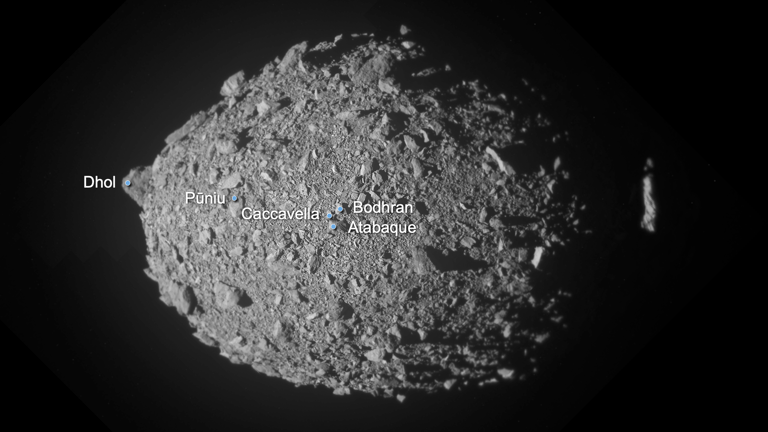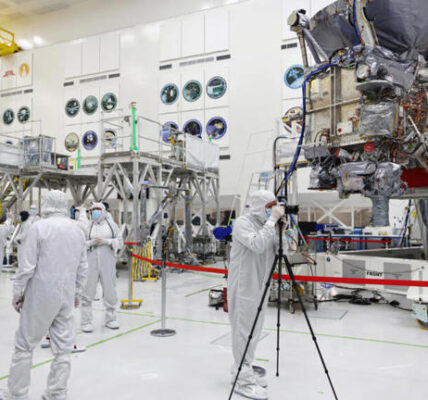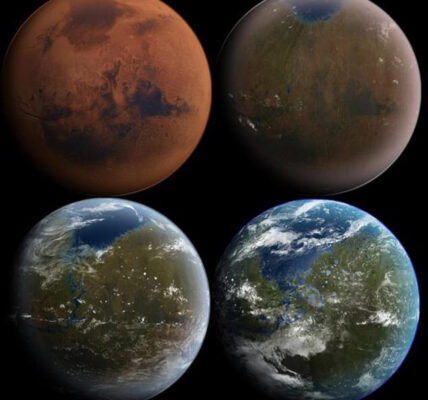NASA Asteroid Deflection Debris Earth Impact could occur within the next decade, according to a recent study. The debris from the 2022 DART mission, which successfully deflected an asteroid, may eventually reach our planet. Learn about the potential implications and ongoing research.

NASA Asteroid Deflection Debris Earth Impact: A Decade Away?
The NASA Asteroid Deflection Debris Earth Impact is a new concern following the success of NASA’s Double Asteroid Redirection Test (DART) mission. In 2022, the DART mission marked a significant milestone in planetary defense by deflecting the asteroid Dimorphos. However, recent research suggests that the debris created by this impact could reach Earth within the next ten years. This finding has sparked interest in understanding the potential consequences of NASA Asteroid Deflection Debris Earth Impact and what it could mean for our planet.
The Success of the DART Mission
NASA launched the DART mission in November 2021 to test a method of deflecting potentially hazardous asteroids. The mission targeted Dimorphos, a 560-foot-wide asteroid that orbits a larger asteroid called Didymos. The DART spacecraft collided with Dimorphos in September 2022, successfully altering its trajectory by a small but significant amount. The goal of this test was to demonstrate a method that could one day be used to protect Earth from a dangerous asteroid.
The success of the DART mission was a major achievement. By hitting Dimorphos at more than 14,000 miles per hour, the spacecraft was destroyed upon impact, while the asteroid received a slight nudge that altered its orbit. This slight change in trajectory was exactly what NASA had hoped to achieve, proving that the kinetic impactor technique is a viable way to prevent a catastrophic asteroid collision with Earth.
Potential NASA Asteroid Deflection Debris Earth Impact
While the DART mission succeeded in altering Dimorphos’ path, it also generated a significant amount of debris. According to a recent study, some of this debris could make its way to Earth within the next decade, raising concerns about a potential NASA Asteroid Deflection Debris Earth Impact. The study, which used data from the Light Italian CubeSat for Imaging of Asteroids (LICIACube) and supercomputers at NASA’s Navigation and Ancillary Information Facility (NAIF), tracked over 3 million particles of debris. The results showed that, depending on their speed and trajectory, some of these particles could reach Earth as meteors within seven to 30 years.
Understanding the Risks of the Debris Impact
The possibility of NASA Asteroid Deflection Debris Earth Impact naturally raises questions about the risks associated with this debris. Fortunately, the particles in question are very small, ranging in size from 30 micrometers to 10 centimeters. Because of their small size, these particles are unlikely to cause any damage upon reaching Earth. Instead, they would most likely burn up in the atmosphere, creating beautiful luminous streaks in the sky similar to meteor showers.
According to Eloy Peña-Asensio, the lead author of the study and a research fellow at the Polytechnic Institute of Milan, these debris fragments would travel at high speeds, with some exceeding 3,355 miles per hour. Due to these speeds, any debris reaching Earth within the next decade would likely be too small to produce visible meteors. However, the ongoing monitoring of meteors will be crucial in determining whether the DART mission has created a new, human-made meteor shower, potentially called the “Dimorphids.”
How Simulations Predict the Debris Trajectory
To better understand the potential for NASA Asteroid Deflection Debris Earth Impact, the research team ran advanced simulations using data collected by LICIACube, which accompanied the DART mission to document the impact. LICIACube’s cameras captured detailed images and data that allowed the team to simulate the movement of debris over time. The simulations tracked millions of particles, calculating their trajectories based on factors such as the initial speed of the debris, the gravitational forces of nearby celestial bodies, and the influence of solar radiation.
The results showed that some of the faster-moving debris could reach Earth in as little as seven years, while other particles might take up to 30 years to arrive. However, because of their small size, these particles are not expected to pose any significant threat. Instead, the study suggests that they could contribute to a new meteor shower, adding to the spectacle of the night sky.
The Future of Planetary Defense
The potential for NASA Asteroid Deflection Debris Earth Impact highlights the importance of ongoing research in planetary defense. While the DART mission demonstrated that we have the technology to alter an asteroid’s trajectory, scientists must continue studying the long-term effects of such missions. The possibility that debris from a deflected asteroid could reach Earth shows that even successful missions can have unintended consequences. Therefore, careful planning and thorough research are essential to ensure that future asteroid deflection efforts do not create new risks.
The study’s findings also emphasize the need for continued observation of the debris created by the DART mission. By monitoring the paths of these particles, scientists can gather valuable data to refine their models and improve predictions for future missions. This information will be crucial if NASA or other space agencies ever need to deploy a similar mission to protect Earth from a potentially hazardous asteroid.
Conclusion
The discovery that debris from the DART mission could one day reach Earth is a reminder of the complexity of planetary defense. While the mission succeeded in deflecting Dimorphos, the potential for NASA Asteroid Deflection Debris Earth Impact shows that there is still much to learn about the aftermath of such missions. Fortunately, the debris poses no significant threat to Earth, as it will likely burn up in the atmosphere, creating a dazzling light show for observers.
As we look to the future, the knowledge gained from the DART mission and subsequent studies will be vital in preparing for potential asteroid threats. By continuing to refine our techniques and understanding the implications of asteroid deflection, we can ensure that we are ready to protect our planet from any dangers that may arise.
ALSO READ:
Lunar Biorepository for Endangered Species: 5 Brilliant Solutions for Global Conservation


